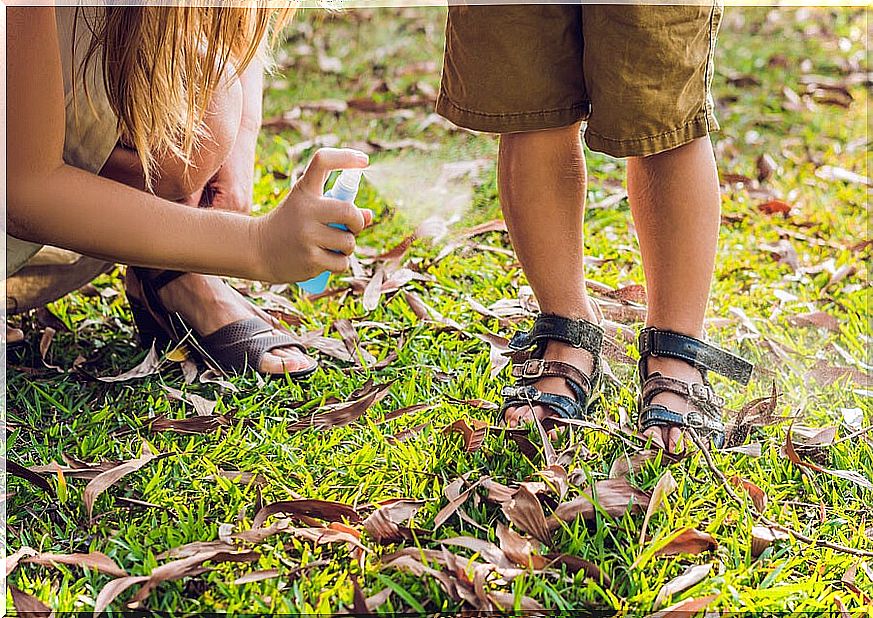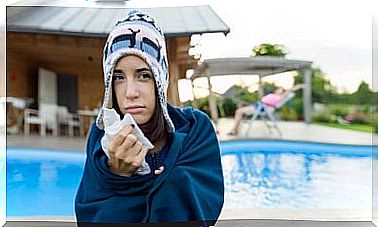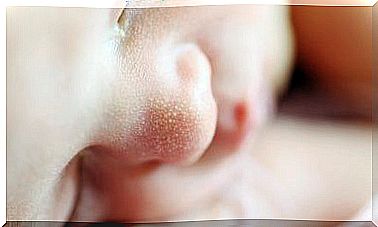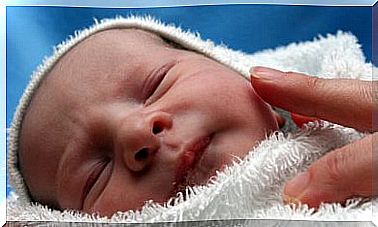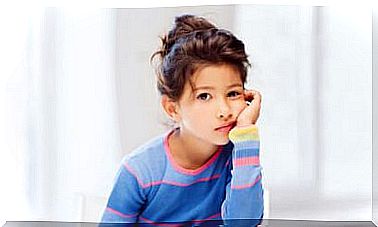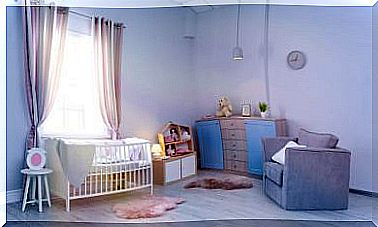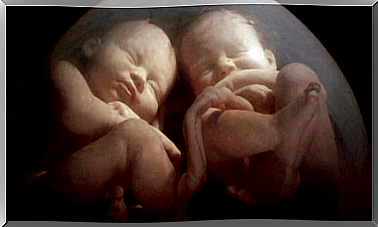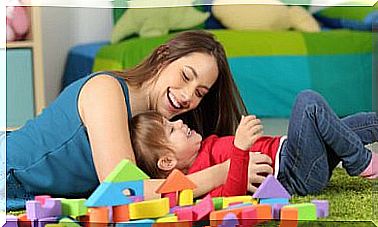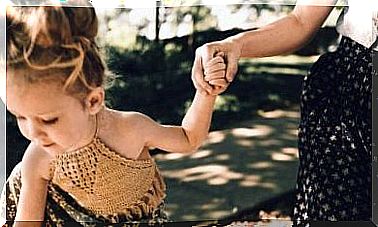Fever And Drowsiness In Children: What To Do?
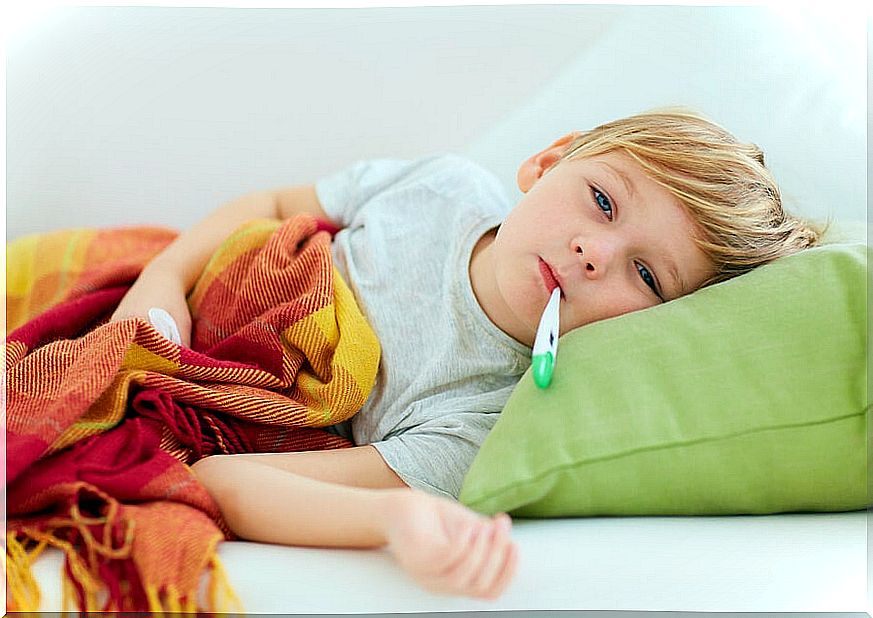
Fever and drowsiness in children are some of the symptoms that develop in the child’s body when trying to fight infectious agents. Fever is often the result of so-called aseptic causes, but it is still a symptom that must be combated immediately.
It is clear to all parents that fever is a sign that something is wrong with the child’s body. However, the general question that overwhelms parents is knowing when they can be cared for from home and when emergencies must be attended.
In the case of drowsiness in children, alone or in addition to fever, pediatricians generally advise going to the emergency room for more comprehensive evaluations. The reason is that these two simultaneous symptoms can hide a greater discomfort in the child.
Precisely to try to clarify the doubts related to fever and drowsiness, we offer below a guide to identify the severity of the symptoms and know what to do.
Fever in children
Fever in humans is a symptom that serves to alert that something is not working quite well in the body. Febrile states can be associated with several viral or bacterial factors; In most cases, it can even disappear on its own if the child is healthy and the increase in temperature is not linked to a major pathology.
Although stigmatized, fever actually helps strengthen a child’s immunity. In any case, we will not be able to get rid of it either, as it will be present very frequently during the first three years of the child’s life. It is often accompanied by other symptoms and levels such as those listed here:
Fever levels
In order for parents to be able to identify the child’s state of health, it is important that they identify in which line the febrile state is found.
- Low-grade fever: At this level, the body temperature is in a range of 37 to 37.5º C if it is taken in the armpit; or 38 or 38.5º if taken rectally.
- Fever: This second degree is the one that allows to identify the most common febrile state. The temperature will be between 37.5 and 41ºC axillary, and rectally between 38.5 to 42ºC.
- Hyperpyrexia: Hyperpyrexia is quite a serious condition. In this case, the temperature exceeds 42ºC axillary or rectally; If a child or adult has this degree of temperature, it can be a fatal complication.
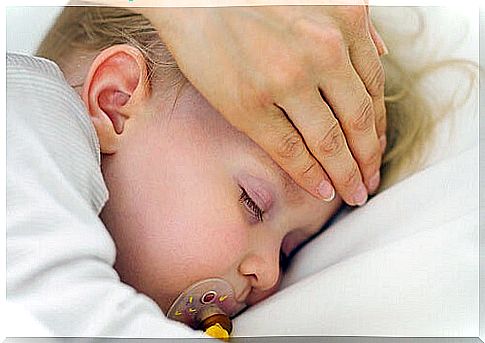
When fever and drowsiness in children join
We have already reviewed the causes why fever levels occur according to degrees Celsius. But what happens when the fever is accompanied by drowsiness?
Children with a fever usually have additional symptoms. For example, they may breathe fast, cry constantly, lose their appetite, or have chills.
In the case of drowsiness, this usually occurs when the child’s temperature begins to rise too high. Hallucinations, delusions, inability to rest and even seizures can also appear, as a result of the irritation of the nerve cells.
It is not common, but in very particular cases, children with drowsiness and fever have suffered head trauma or contusions. That leads to these two symptoms developing.
However, as we mentioned previously, the most common is that drowsiness occurs in the child as a result of a temperature level close to 40ºC. Of course, it is a sign that parents should be very vigilant about.
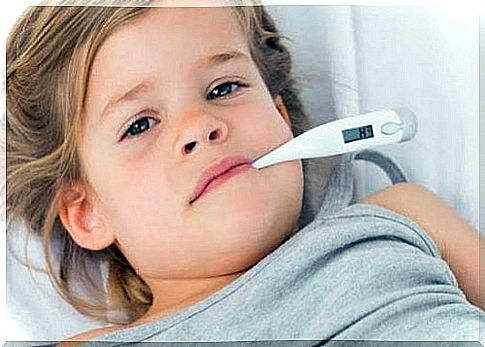
Measures to lower fever
Of course, to avoid reaching these extreme symptoms, it is good to take several precautions. The first thing is to have a thermometer on hand and check the child’s temperature.
As long as the infant remains at a low-grade fever level, home remedies can be offered such as removing his clothes, applying cold water compresses, lowering the temperature of his room, offering baths with warm water for periods of 20 minutes. An essential care is to give the little one enough drinks so that he is hydrated.
As a final recommendation, it is good to warn that, if the child has a temperature close to 39ºC and also shows drowsiness or other symptoms that are considered abnormal, they should go to the emergency room without hesitation.
